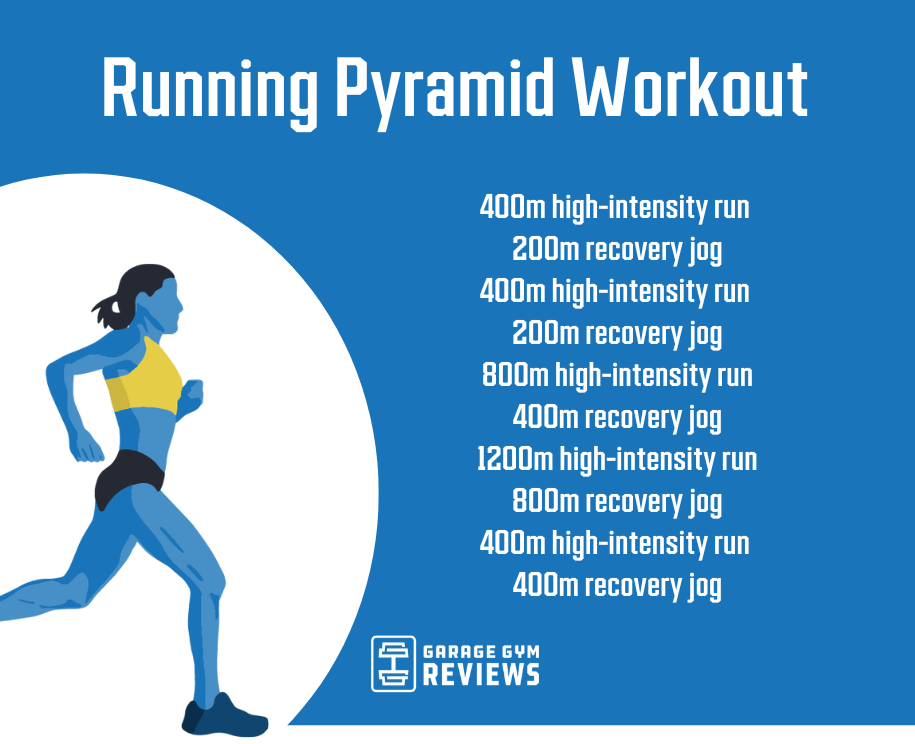Optimize Your Running Workout: Expert Strategies Unveiled
Optimize Your Running Workout: Expert Strategies Unveiled
Blog Article
Handling Common Running Discomforts: Reasons, Solutions, and Prevention
As joggers, we commonly experience numerous pains that can prevent our performance and pleasure of this physical activity. By checking out the origin reasons for these operating pains, we can discover targeted remedies and precautionary actions to guarantee a smoother and extra fulfilling running experience.
Typical Running Discomfort: Shin Splints
Shin splints, a common running pain, typically result from overuse or incorrect shoes throughout physical task. The recurring stress on the shinbone and the tissues attaching the muscles to the bone leads to inflammation and pain.
To stop shin splints, people ought to slowly increase the intensity of their workouts, use suitable shoes with proper arch support, and preserve adaptability and strength in the muscular tissues bordering the shin (running workout). Furthermore, including low-impact tasks like swimming or cycling can assist preserve cardio physical fitness while permitting the shins to heal.
Common Running Pain: IT Band Disorder
In enhancement to shin splints, an additional prevalent running pain that professional athletes frequently come across is IT Band Disorder, a problem created by swelling of the iliotibial band that leaves the external upper leg and knee. IT Band Disorder commonly materializes as pain on the exterior of the knee, specifically during tasks like running or biking. The iliotibial band is a thick band of fascia that attaches the aware of the shin, and when it ends up being irritated or tight, it can scrub against the thigh bone, resulting in discomfort and pain.
Runners experiencing IT Band Syndrome may notice a stinging or hurting experience on the external knee, which can aggravate with ongoing activity. Variables such as overuse, muscle inequalities, inappropriate running kind, or poor warm-up can contribute to the development of this problem. To avoid and ease IT Band Syndrome, runners need to concentrate on stretching and strengthening workouts for the hips and upper legs, appropriate footwear, steady training development, and attending to any biomechanical issues that might be worsening the problem. Overlooking the symptoms of IT Band Disorder can cause chronic concerns and extended recovery times, stressing the value of early intervention and proper monitoring methods.
Typical Running Discomfort: Plantar Fasciitis

Plantar Fasciitis can be credited to different aspects such as overtraining, inappropriate shoes, working on tough surface areas, or having high arcs or flat feet. To avoid and ease Plantar Fasciitis, joggers can integrate stretching exercises for the calves and plantar fascia, wear encouraging shoes, keep a healthy and balanced weight to minimize stress on the feet, and gradually increase running intensity to stay clear of abrupt anxiety on the plantar fascia. If signs continue, it is recommended to consult a medical care specialist for appropriate diagnosis and treatment alternatives to attend to the condition effectively.
Usual Running Pain: Runner's Knee
After addressing the challenges of Plantar Fasciitis, one more common problem that joggers usually encounter is Runner's Knee, a common running pain that can hinder athletic performance and cause discomfort during physical activity. Jogger's Knee, additionally known as patellofemoral discomfort disorder, shows up as discomfort around or behind the kneecap. Joggers experiencing this discomfort might really feel a boring, aching pain while running, going up or down stairs, or after prolonged periods of resting.
Usual Running Discomfort: Achilles Tendonitis
Generally affecting runners, Achilles Tendonitis is an agonizing problem that impacts the Achilles tendon, causing pain and possible restrictions in physical activity. The Achilles tendon is a thick band of cells that attaches the calf bone muscle mass to the heel bone, essential for activities like running, leaping, and strolling - useful info. Achilles Tendonitis frequently develops as a result of overuse, inappropriate shoes, insufficient stretching, or abrupt boosts in exercise
Symptoms of Achilles Tendonitis consist of pain and stiffness along the ligament, particularly in the morning or after durations of lack of exercise, swelling that intensifies with task, and potentially bone spurs in persistent situations. To stop Achilles Tendonitis, it is essential to extend correctly before and after running, use suitable shoes with appropriate assistance, slowly increase the strength of exercise, and cross-train to minimize repetitive stress and anxiety on the tendon. Therapy may include rest, ice, compression, altitude (RICE protocol), physical therapy, orthotics, and in extreme situations, surgical procedure. Early intervention and correct care are important for managing Achilles you could try this out Tendonitis efficiently and preventing long-lasting difficulties.
Verdict

Report this page